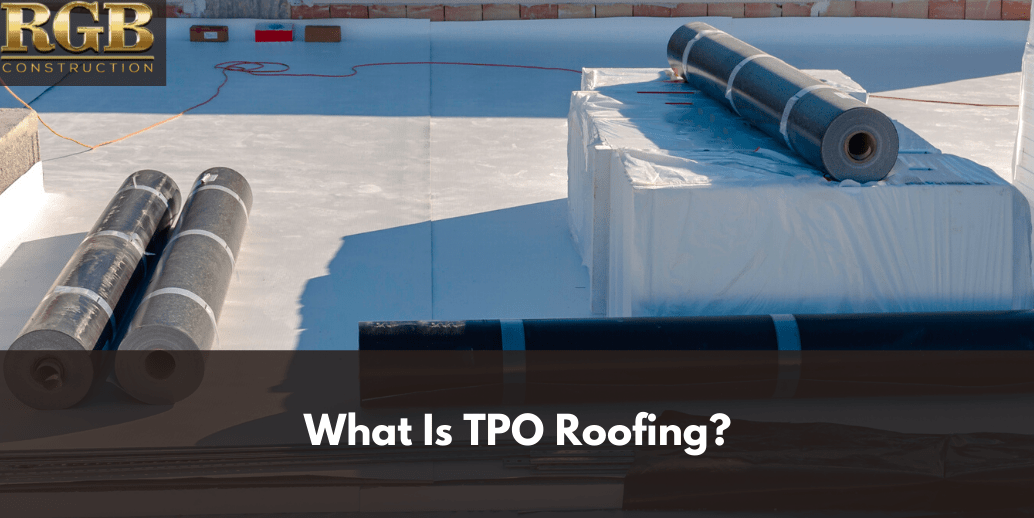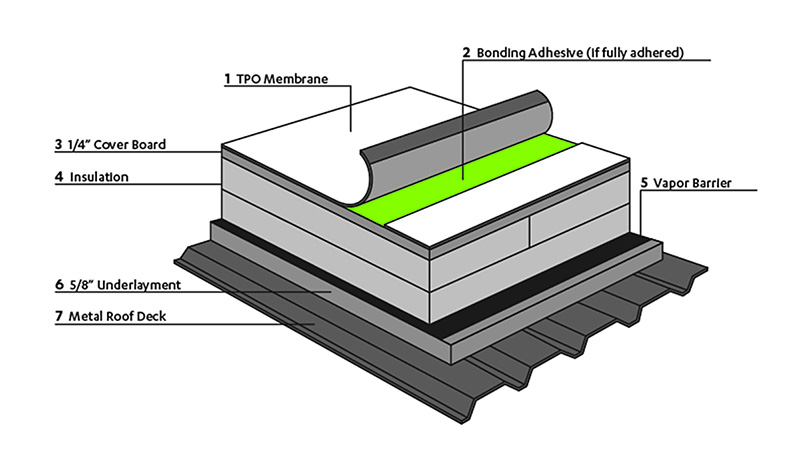Comparing ul class a fire ratings with isocyanurate insulation as the substrate the tpo membrane has a maximum slope of 0 5 inch in 12 the pvc is at a 2 in 12 and the epdm achieves a class a at a 0 5 inch in 12 for unreinforced adhered membranes and 0 75 inch in 12 for reinforced mechanically attached membranes.
Is tpo roof covering class of fire rating.
Customer choice of insulation since single ply membrane roofing does not include the insulation factor as a customer you have more options to choose from to insulate your facility s roof.
The maximum flame spread is 6 feet for a class a rated roof 8 feet for class b and 13 feet for class c.
The slope of the test specimen is preselected and since steeper slopes are more of a challenge due to melting material feeding the fire the rating applies to the maximum slope passed.
Tpo is touted to have the benefits of two of its direct competitors epdm and pvc roofs but without the drawbacks and extra costs.
Class a fire rated tpo membranes and epdm can achieve underwriters laboratories ul class a fire resistance listings by adding fire retardant chemicals during the manufacturing process.
We must emphasize however that individual roof components are not rated at all.
Our roof systems are rated by code for external fire resistance under deck exposure and time temperature resistance.
This means that a tpo roof is as uv resistant and as heat resistant as epdm and as heat weldable.
Fire ratings for roofs are classified as either class a class b class c or are unrated if a roof covering cannot meet the requirements for any of these classifications.
Class a does not mean grade a roofing systems are rated by realistic fire tests.
Class a is the highest rating offering the highest resistance to fire and unrated is the worst.
Please contact the firestone codes approvals department when looking for a specific classification or rating.
Assembly rated class a roof coverings are those that meet class a standards when combined with other elements.



























